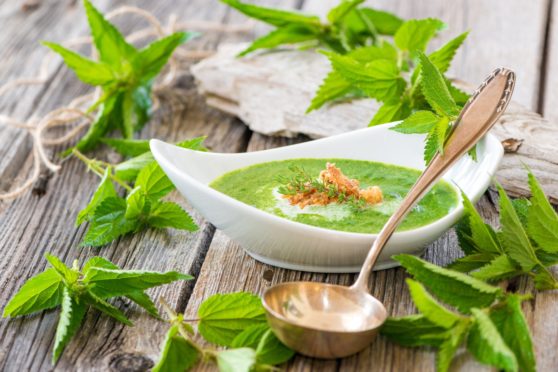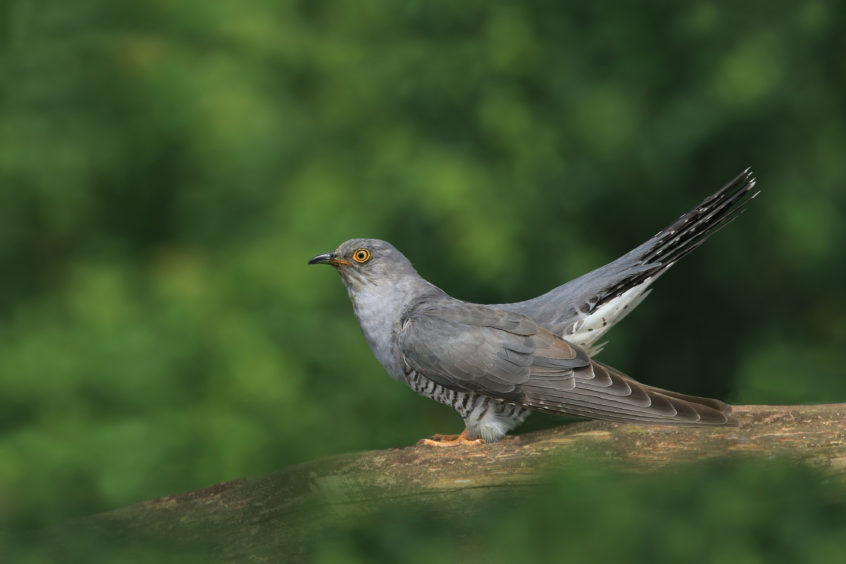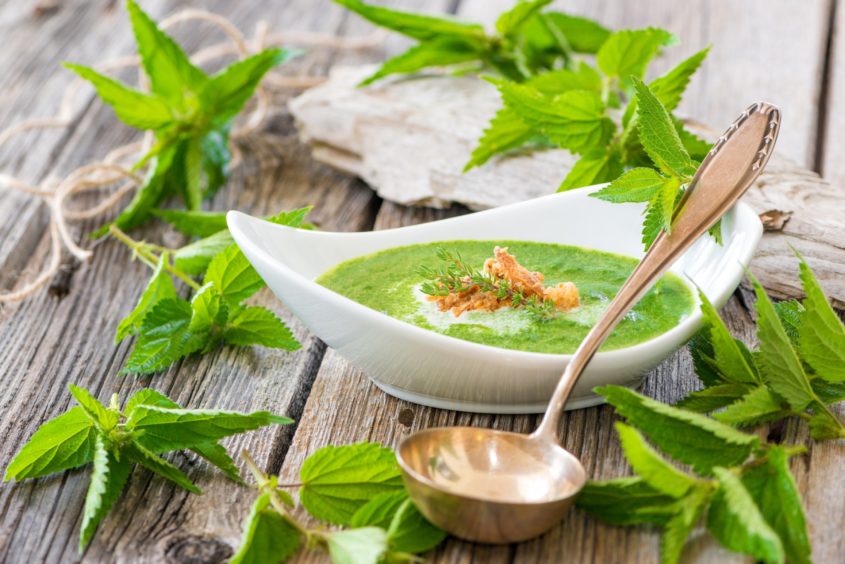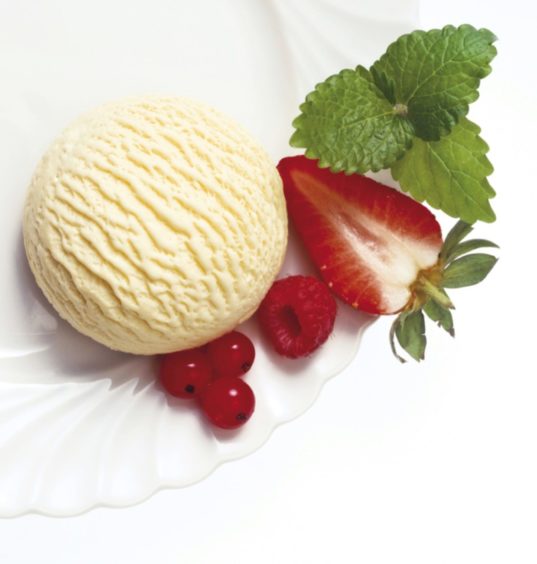Enjoy nature and make the most of its bounty, just don’t mention the cuckoos
At a time like this, those of us lucky enough to live in the countryside find ourselves so much more aware of nature all around us.
Godfrey and I thought that we lived our lives in awareness and appreciation for nature – a word with such wide interpretations.
Yet during these past three months we have walked more and revelled in the wildlife all around us here on Skye.
If we had to endure lockdown, we couldn’t have had a more perfect season for it.
Three months ago, evenings were dark and the curtains drawn.
Then gradually the days lengthened perceptibly, till now, when there are hardly any hours of complete darkness.
During this time we’ve seen how bare trees have gradually, and at differing paces, grown their leaves. The varying shades of green are so lovely.
We still had snowdrops at the start of the lockdown, then primroses, then bluebells and wild garlic, yellow irises, gorse and broom, and a plethora of wild flowers whose names I can think of and am grateful to my mother for teaching me. And I’m determined that our granddaughters will learn their names from me.
And the birds – lapwing, stonechats, herons, oystercatchers, thrushes, blackbirds, skylarks.
One type of bird I’m fed up with is the cuckoo. We have lots of cuckoos, and they start their dawn chorus half an hour before the others. Last year I chased two away from trees in front of our house and behind, where blackbirds nest each year.
I do realise that there are swathes of the country where cuckoos no longer are heard. But just come to Skye – they are all here!
In Skye we are spared red kites, which I so dislike because they terrorise small birds.
And then there was the noise – a bird noise that sounded like a sheet blowing in the wind – which we couldn’t identify.
Our great friend Minty Dallmeyer discovered it was coming from a snipe, and one evening, while out walking, managed to see the elusive bird itself.
There is so much growing all around us which is edible. Right now, nettles are young and delicious. Pick them wearing tough gloves – or Marigolds will do. Nettles wilt down, like spinach does.
The long pointy sorrel leaves are there for the picking too. With its citrus flavour, sorrel can be made into a simple creamy sauce to complement fish and chicken.
I should perhaps mention here that my little book The Wild Food Bible is available – if not in a local shop, then from Amazon.
It is in the wonderful Food Bible range from publishers Birlinn, priced £4.99, and beautifully illustrated by Bob Dewar.
Nettle and lemon soup
(Serves 6)
Ingredients
- 2 onions, skinned and chopped
- 2 tbsp olive or rapeseed oil
- 25g butter
- 2 large handfuls of nettles
- 900ml chicken or vegetable stock
- Finely grated rind and juice of 1 lemon
- 1 tsp salt
- 15 grinds black pepper
Method
- Heat the oil and melt the butter together in a saucepan.
- Add the onions and, stirring occasionally, cook over moderate heat for about 10 minutes – the onions should be soft and transparent.
- Add the stock, salt and pepper to the onions in the pan; raise the heat and bring to simmering point. Plunge the nettles into the simmering stock, put a lid on the pan and cook for 5 minutes.
- Take the pan off the heat, and using a hand-held blender, pulverise the contents of the pan.
- Stir in the grated lemon rind and juice. Taste and add more salt/pepper if you think it’s needed.
- A thin-textured soup, it can be served hot or cold, depending on the weather.
Gorse ice cream
(Serves 6)
Ingredients
- 300ml double cream
- 2 handfuls of gorse flowers
- 2 large egg whites
- A pinch of salt
- 2 rounded tbsp sieved icing sugar
Method
- Put the cream into a saucepan with the gorse flowers mixed in.
- Heat over moderate heat, till the cream forms a skin.
- Take the pan off the heat and cool, letting the cream infuse with the flavour of the gorse.
- When cold, strain the cream through a sieve into a jug. Discard the limp gorse flowers.
- Whip the cold cream, but not too stiffly. With clean whisks, whisk up the egg whites with the salt until fairly stiff, then whisk in the sieved icing sugar, a spoonful at a time. When you have a stiff meringue, fold this and the whipped cream together.
- Scrape into a solid polythene container, cover and freeze. Remove from the freezer into the fridge about half an hour before you’re ready to eat it.
- It’s good with new-season strawberries or raspberries.



